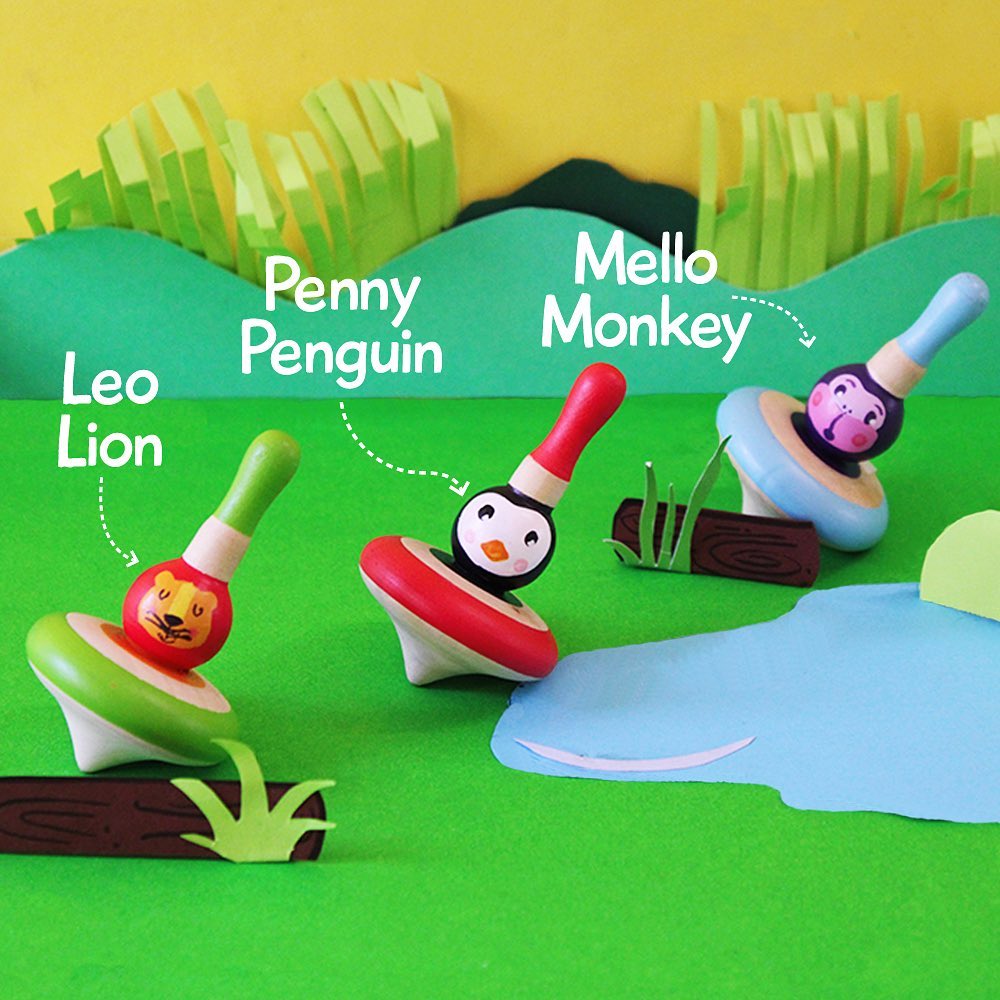Stress balls, pop-its, slime, fidget spinners – in the past few years, these fidget toys have quickly become popular! Be it with kids trying to concentrate or adults trying to reduce their stress, fidgets are proven to work wonders.
But did you know that these toys are not so new? In fact, you could say that the first stress ball dates back to ancient China, where two metallic balls were rotated in the hand to calm the nerves! Interestingly, most fidget toys also have multiple uses and benefits.
Want to know more about the fascinating world of fidgets? Read on to find out what exactly a fidget toy is, how it helps kids, and how you can find your child their perfect fidget toy!
How do fidget toys work?
A fidget or fidget toy is any object that provides the right amount and type of sensory stimulation to calm a person’s nervous system. For some children, these toys can also be a great way to channel excess energy, so that they can focus on a task better.
For instance, for a child who is easily distracted, squishing a piece of playdough while they read could help them release some of their energy and concentrate better. The soft and soothing texture of the same playdough could also help a child who is anxious and looking for a way to relax.
These toys are also excellent regulation tools as moving our hands and legs while doing sedentary tasks can send messages to our brain to wake up and stay alert. Let’s consider some specific skills fidget toys help to hone.
Benefits of fidget toys
1. Increases concentration – Research shows that most children learn better when their hands are occupied. Relieving some pent up energy while doing tasks such as reading or listening can help your child concentrate better.
2. Improves cognitive skills – Fidget toys such as playdough give kids a way to channel their creativity too. Fidgeting with magnetic blocks and cubes also evokes curiosity and encourages problem solving.
Looking for toys your child can enjoy while sharpening their cognitive skills? Check out this curated selection of homeschooling favourites! |
3. Calms anxiety – In kids and adults alike, fidget toys are a reliable way to calm jitters and anxiety. With the right toy, you can channel nervous energy into a physical task or use a textured surface to relieve any tension stored in the muscles.
4. Sharpens motor skills – While toys such as spin tops help to hone the pincer grasp and finger strength, using a balance board could help your child develop their balance, coordination, and overall gross motor skills.
4 helpful ways to fidget

1. Moving an object
One of the most common ways to use a fidget toy is by moving an object around in the hands to keep the fingers busy. A spin top or a yo-yo are wonderful toys for kids and adults to fidget with.
Alternatively, you could make a top at home by poking a toothpick into a plastic bottle cap. You could even make a fidget spinner by taking a bolt and two nuts. Glue one nut at the bottom of the bolt, one in the center, and spin away!
2. Moving your body
Have an energetic little one at home? For some children, moving their body can be the best way to fidget! While this is harder to do in a structured and non-disruptive way, toys like balance boards could really be helpful.
3. Connecting objects
An excellent way to fidget and stimulate the brain is by using magnetic toys. A set of magnetic robots or some magnetic ice cream cones could spark your child’s endless creativity too!
Tangram puzzles or folding origami are some other ways to use simple materials to connect, organize, and sharpen the mind.
4. Sensory play
Sensory fidgeting is probably the most fun way to use fidget toys and objects! From popping the humble bubble wrap to funky pop-it bracelets, there are so many ways to engage the senses.
Using playdough or homemade atta to squish or make shapes is another awesome way to tickle the senses. For babies and toddlers, cute and colourful rattles with gentle sounds can be a good toy to fidget with.
The perfect fidget toy for your child
While some children may prefer moving their hands, others may want to move their body! What’s important is to find the right fidget toy for your child, one that is suited to their needs, likes, and the environment they will be using it in.
So while hunting for a fidget toy, make sure to ask yourself – What purpose does the toy have to serve? When and where will my child be using it? Is this toy safe and made to last?
Finally, remember that while these toys are enjoyable and useful, they are not a solution for any specific medical condition. But with the needed professional support and the right toy, they can be a great tool to help your child cope, regulate, and grow!



